Explanation
Munyeodo Island is located approximately 50.8 kilometers southwest of Gunsan-si, and forms the Gogunsan Islands together with Seonyudo, Sinsido, Jangjado, and other islands. Its total area occupies 1.75 square kilometers and its coastline is 11.6 kilometers long. Today, with Seonyudo in the middle, there are bridges installed between Munyeodo and Seonyudo, Seonyudo and Jangjado, and Jangjado and Daejangdo, so visitors are able to walk around as if they are on a single island. Other than Munyeobong Peak (131 meters) on the southwestern part of the island, the region is vast but lacks any tall mountains.
Seonyudo Island is located in the center of the Gogunsan Islands, which consist of about 20 islands, and is approximately 50 kilometers away from Gunsan Port. It is also one of the most popular vacation spots on the entire West Coast.
The location that serves as a basecamp when travelling to Seonyudo and the nearby islands is Jin-ri Village on Seonyudo. It neighbors Seonyudo Beach, which is famously known as ""Myeongsasimni,"" and faces Mangjubong Peak that stands tall like Maisan mountain. The island is crowded with schools, inns, restaurants, bike rental shops, stores, karaokes and campgrounds, which is why the area is a bit boisterous during the vacation seasons. If you wish to escape from such noise, it would be a good idea to rent a bicycle and bike to Munyeodo, Jangjado or Jinwol-ri over Mangjubong Peak.
Seonyudo Island is the home of the 8 Scenic Spots of Seonyu, but the most gorgeous scenery of them all is Mangjubong Peak, which is practically the symbol of the island. Once you climb up to the top, the nearby islands and the sea come together in a cool panoramic view, which also includes the neatly sprawling Myeongsasimni Beach as well as Pyeongsanagan that resembles a seagull landing over the water. The splendid sunset on Seonyudo Island is incredible no matter where you are, whether it'll be atop Mangjubong Peak or Seonyudo Beach.
Inquiry
+82-63-454-7280
Homepage
www.gunsan.go.kr/tour
Munyeodo Islandwww.gunsan.go.kr/tour/m2202
Seonyudo Islandwww.gunsan.go.kr/tour/m2201
Information Use
Contact and Information : • 1330 Travel Hotline: +82-2-1330
(Korean, English, Japanese, Chinese)
• For more info: +82-63-454-7280
Location
Okdo-myeon, Gunsan-si, Jeonbuk-do

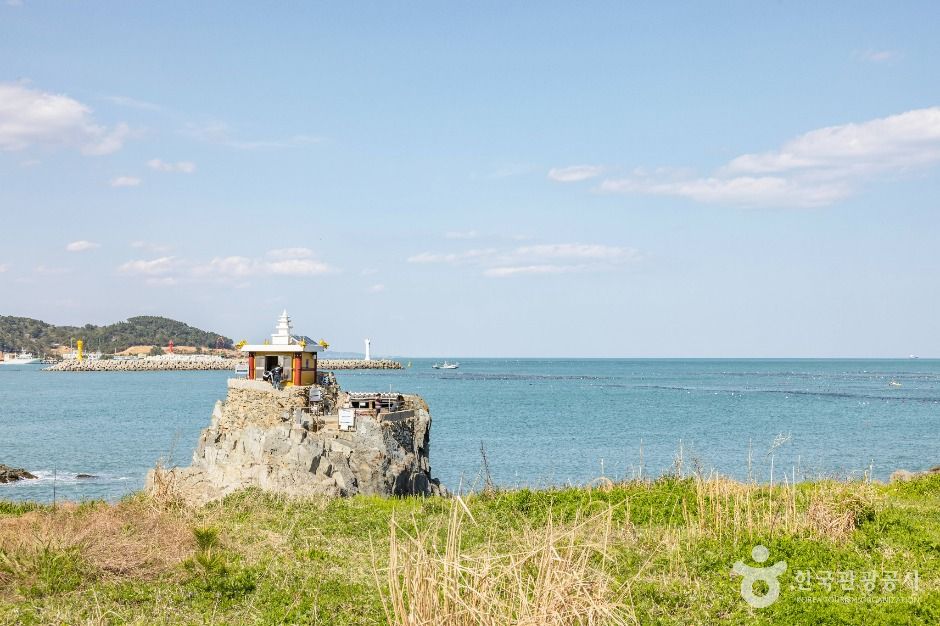
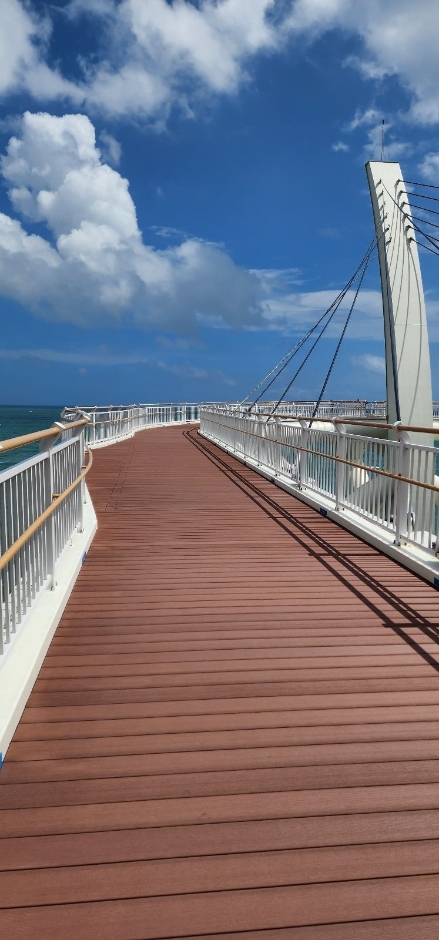
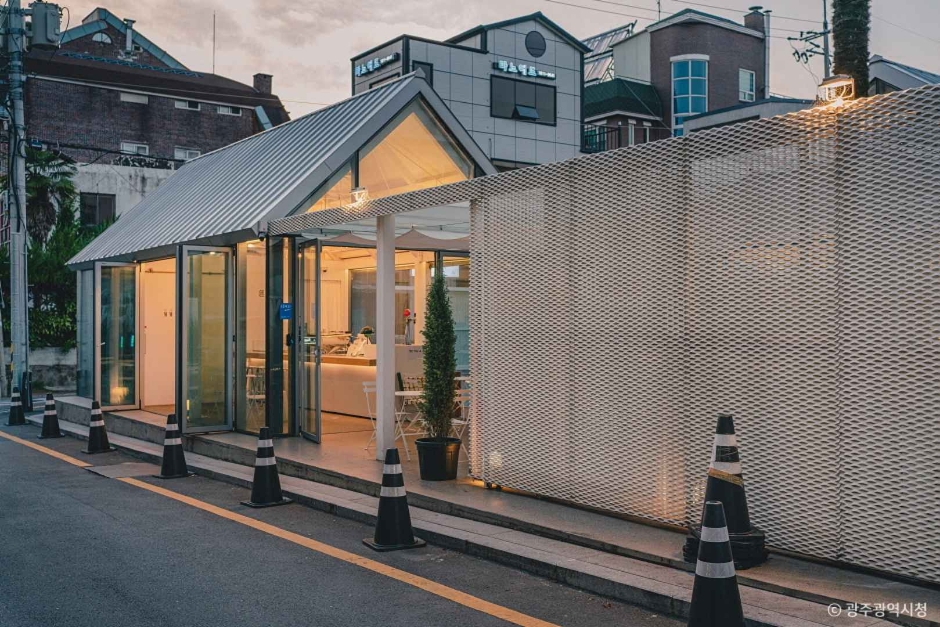
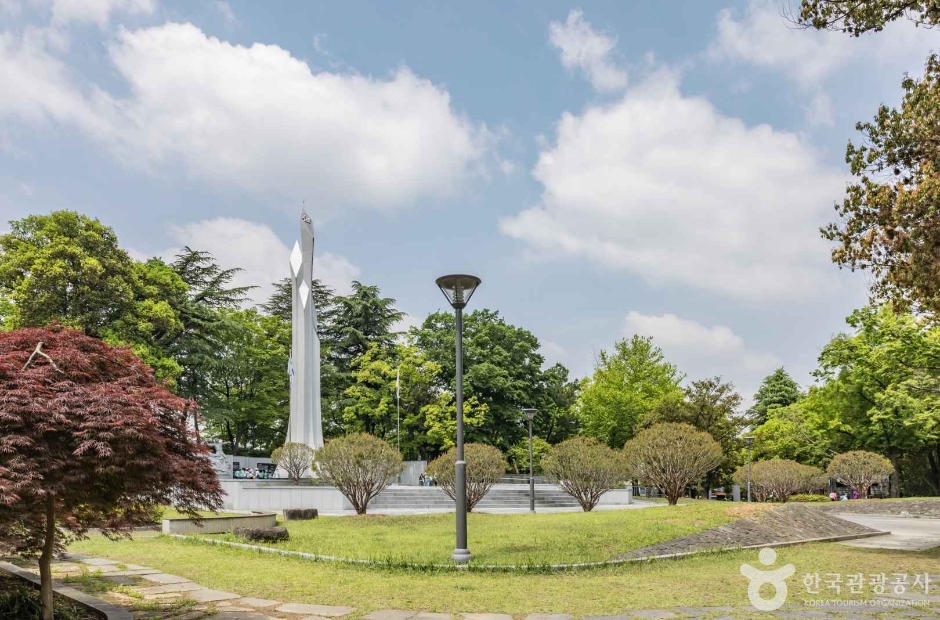
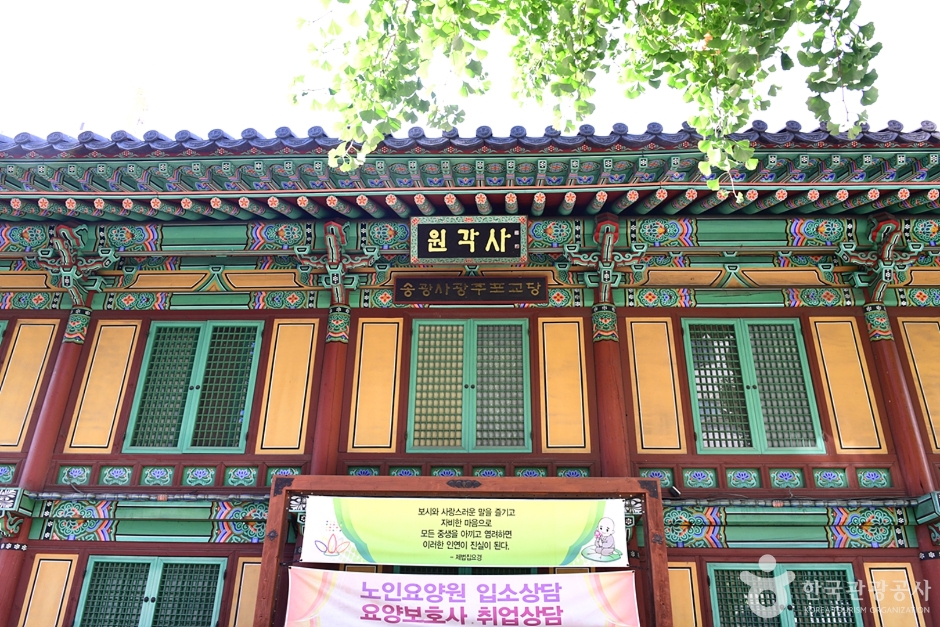
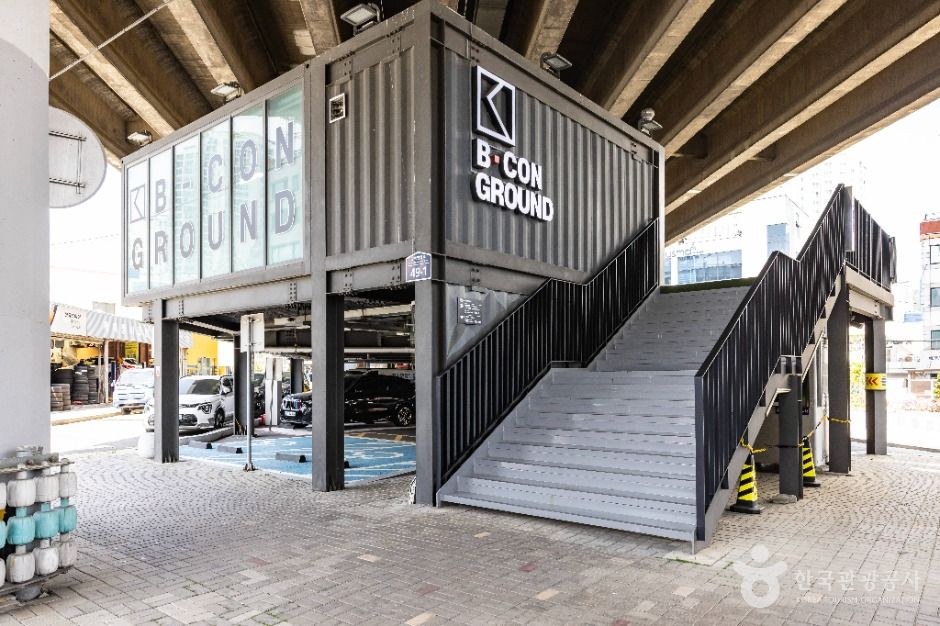

 English
English
 한국어
한국어 日本語
日本語 中文(简体)
中文(简体) Deutsch
Deutsch Français
Français Español
Español Русский
Русский